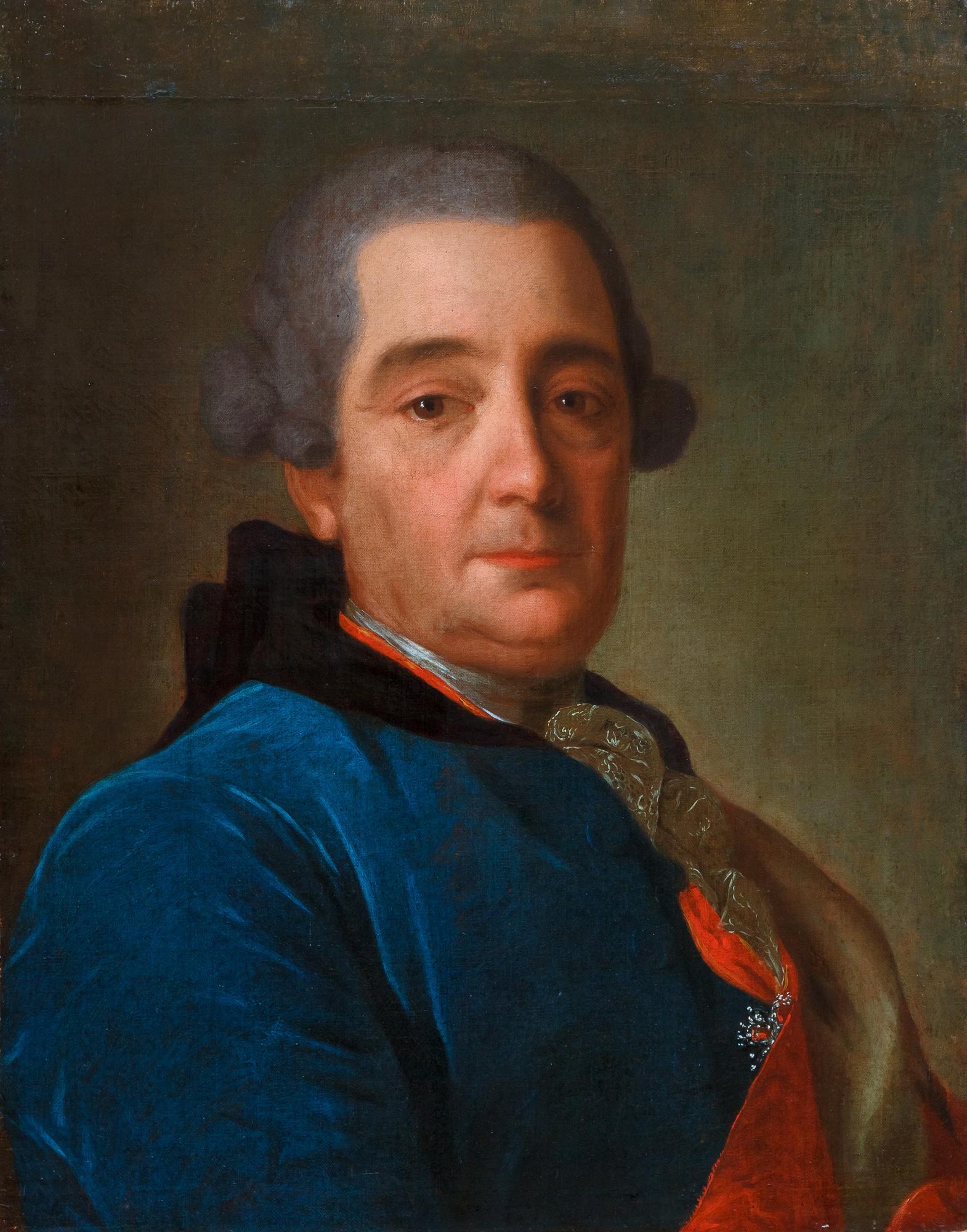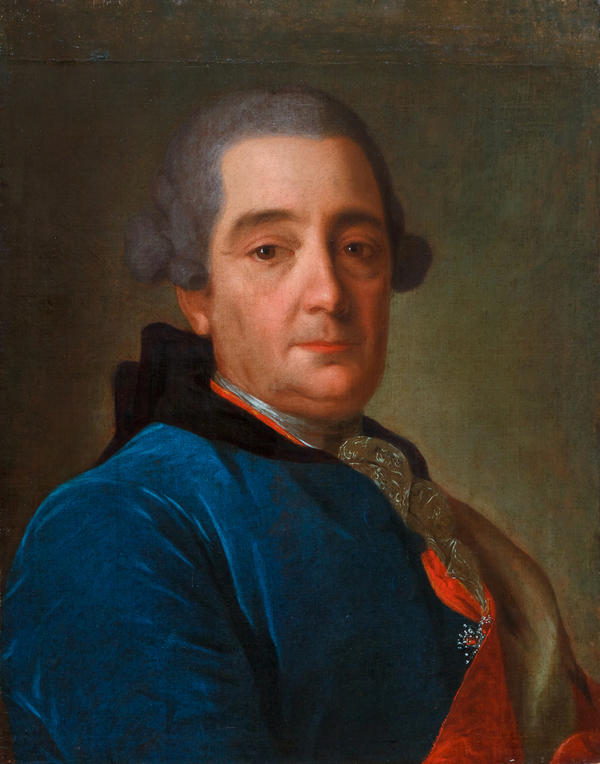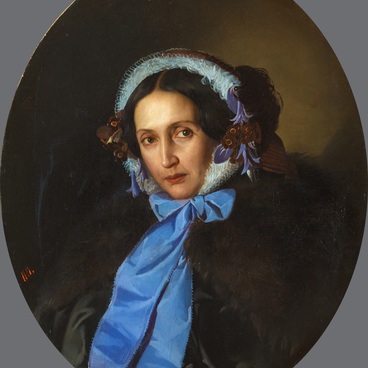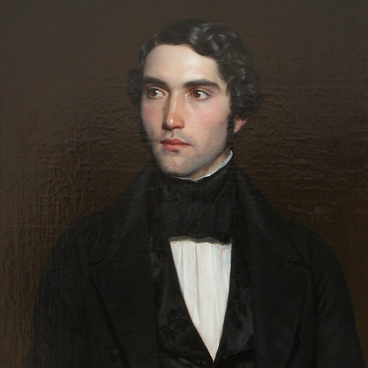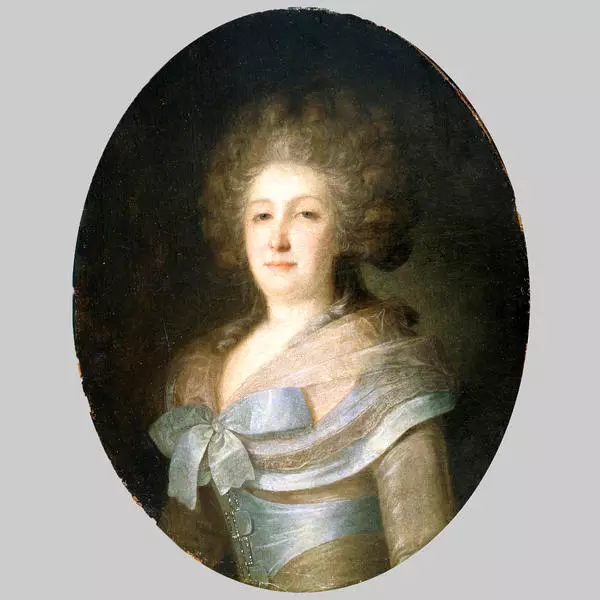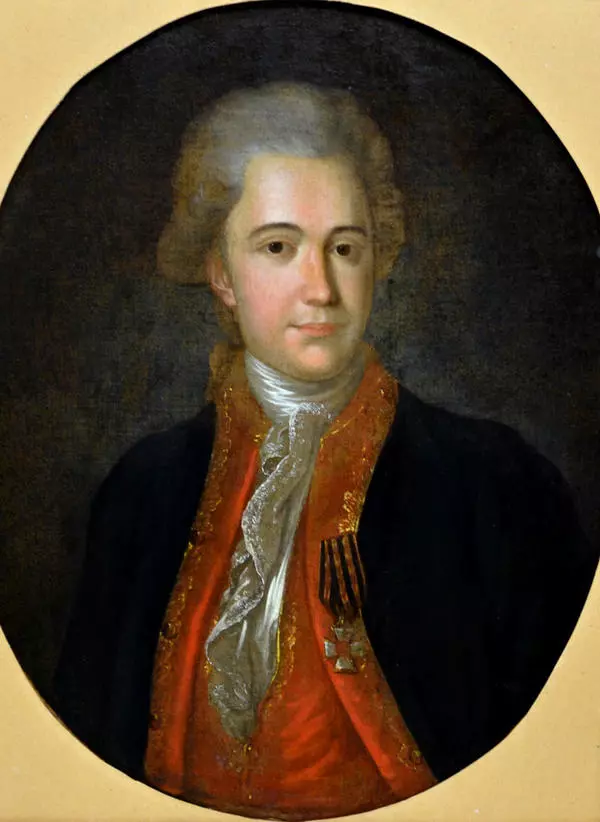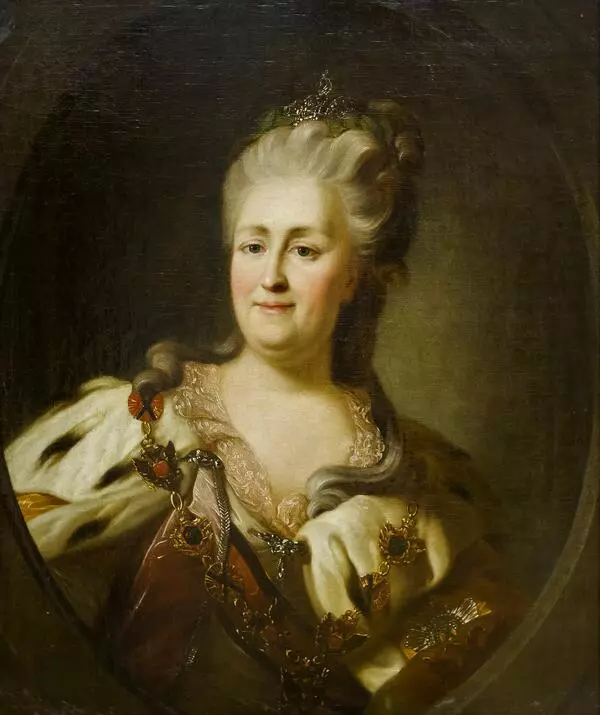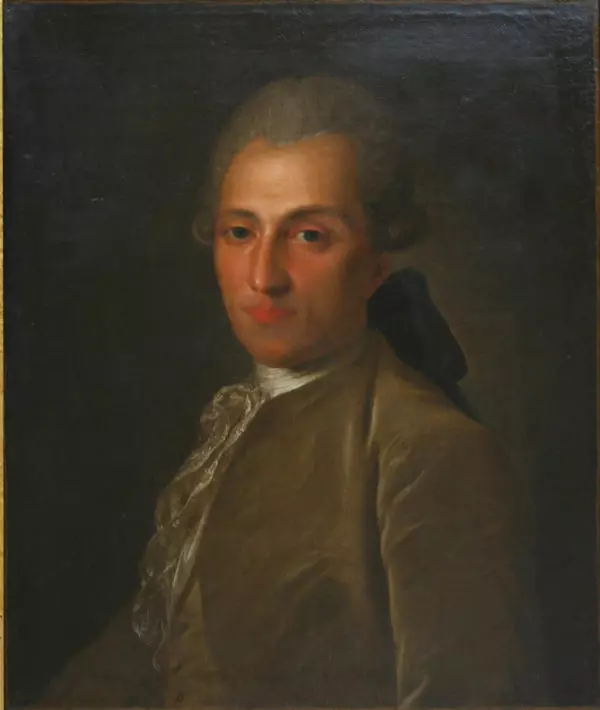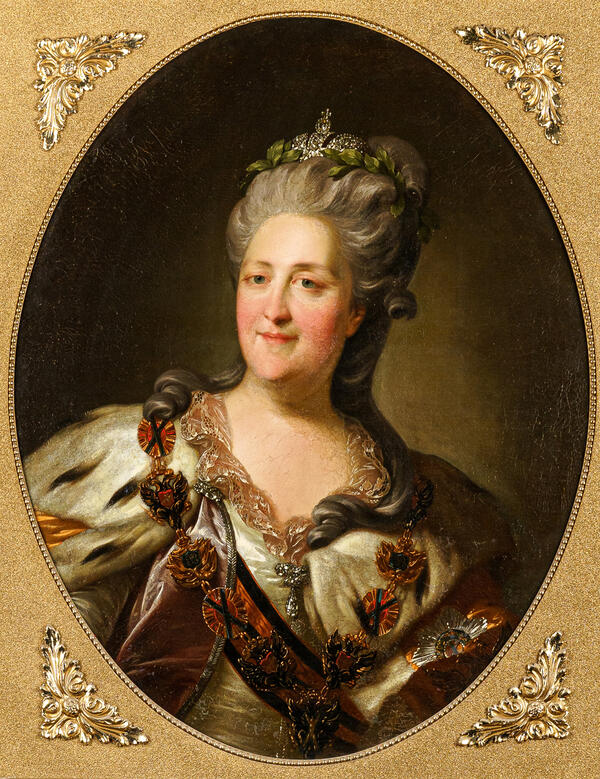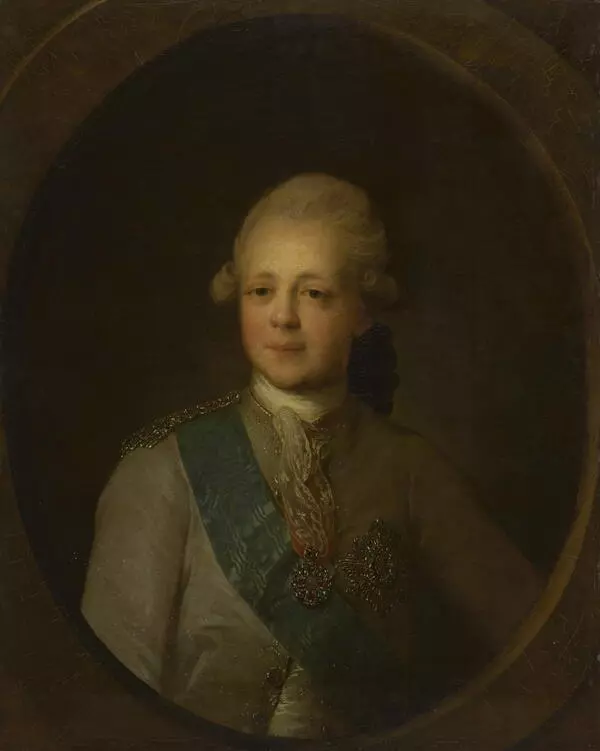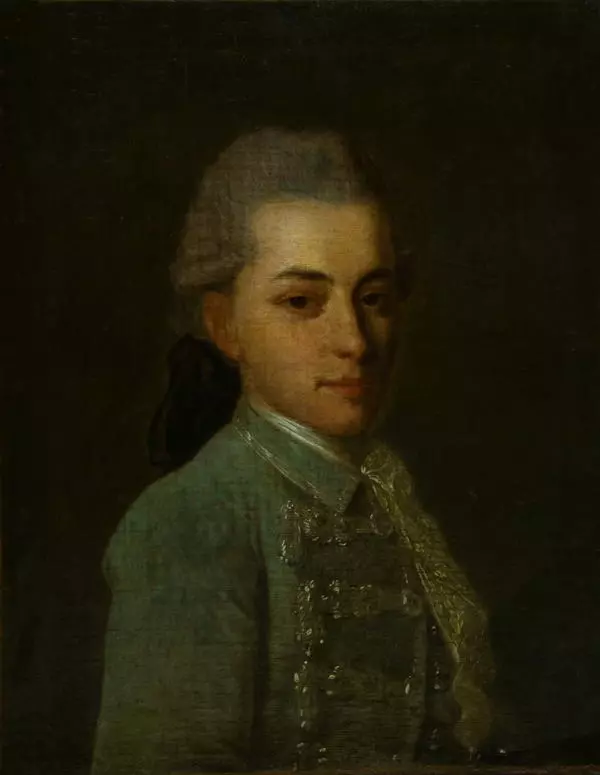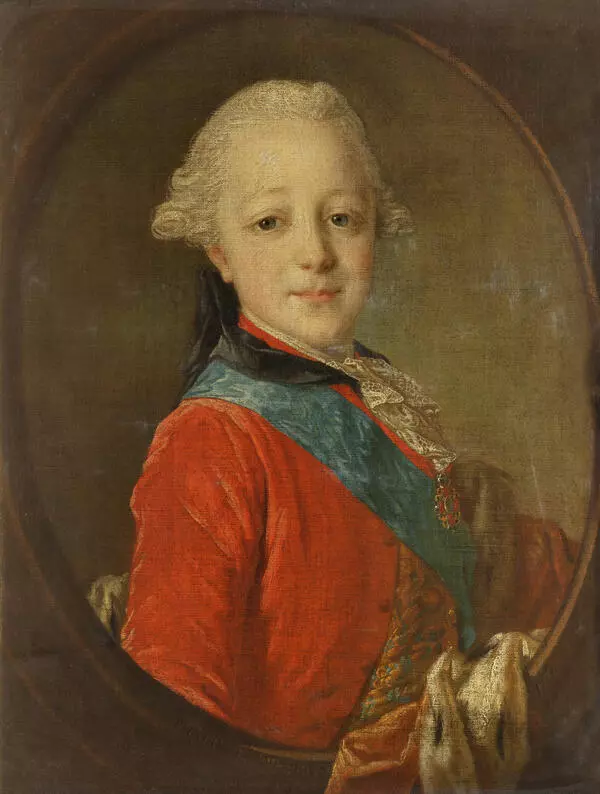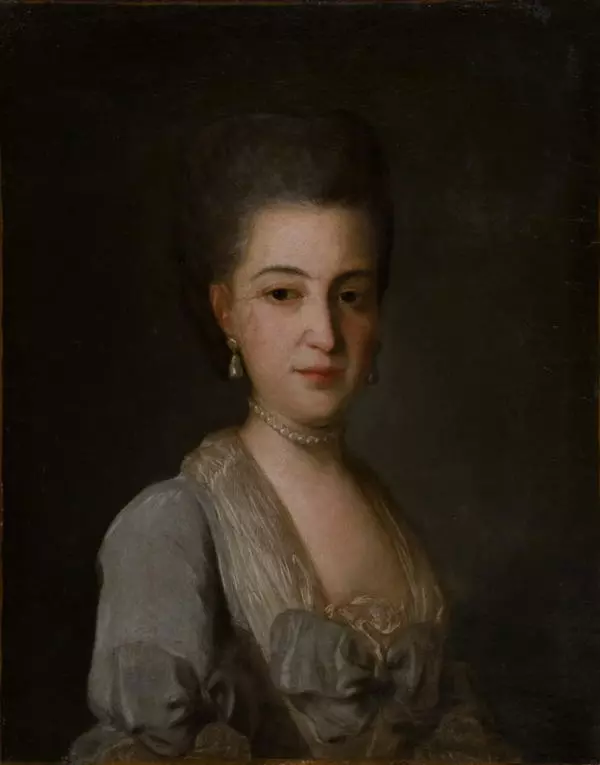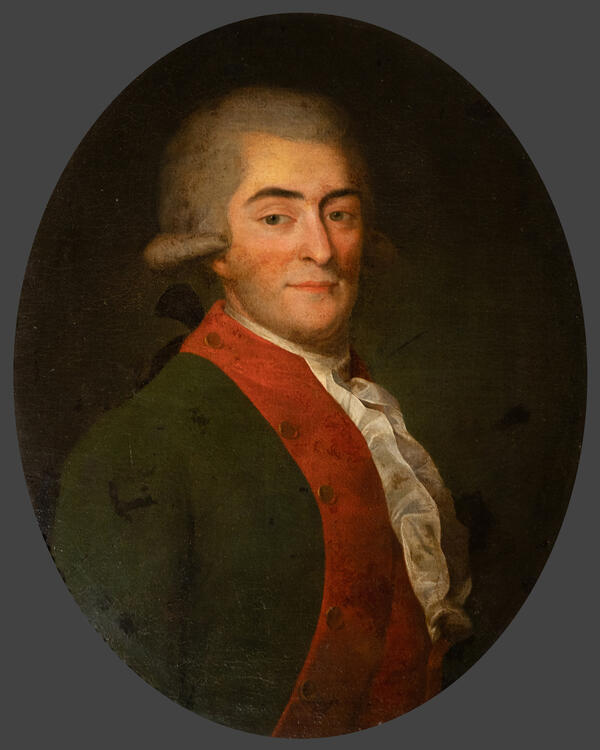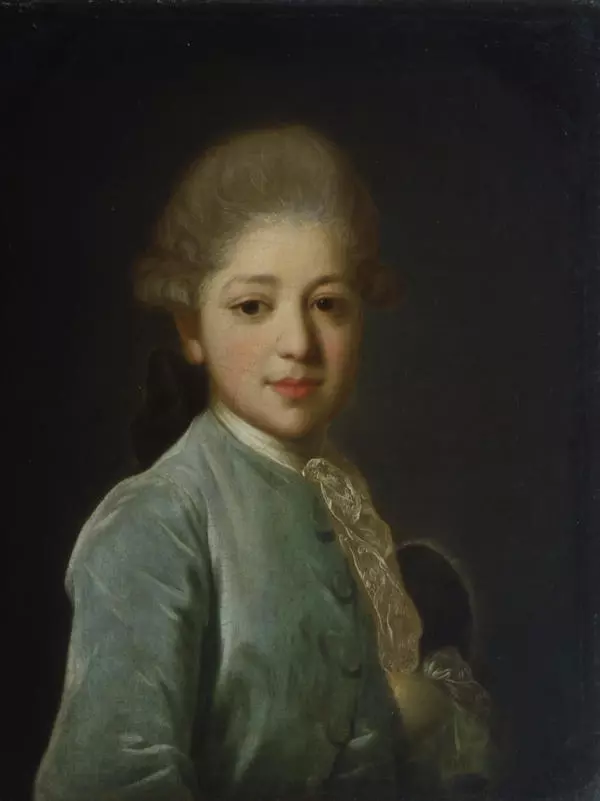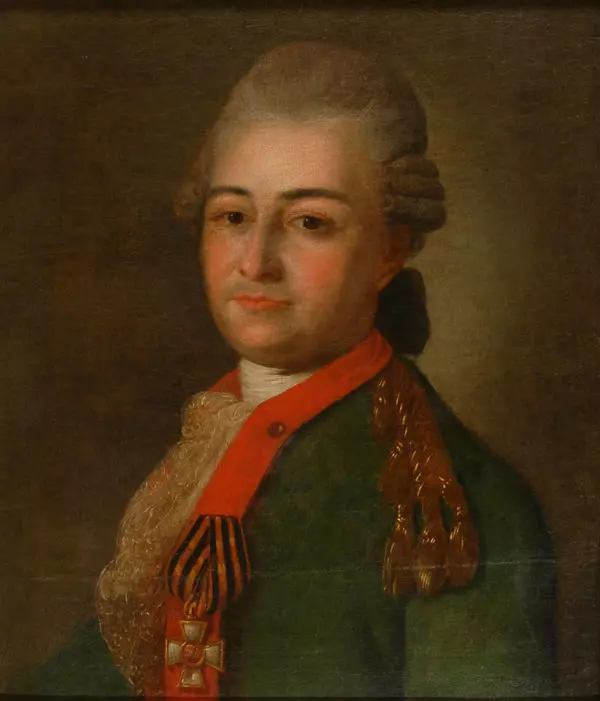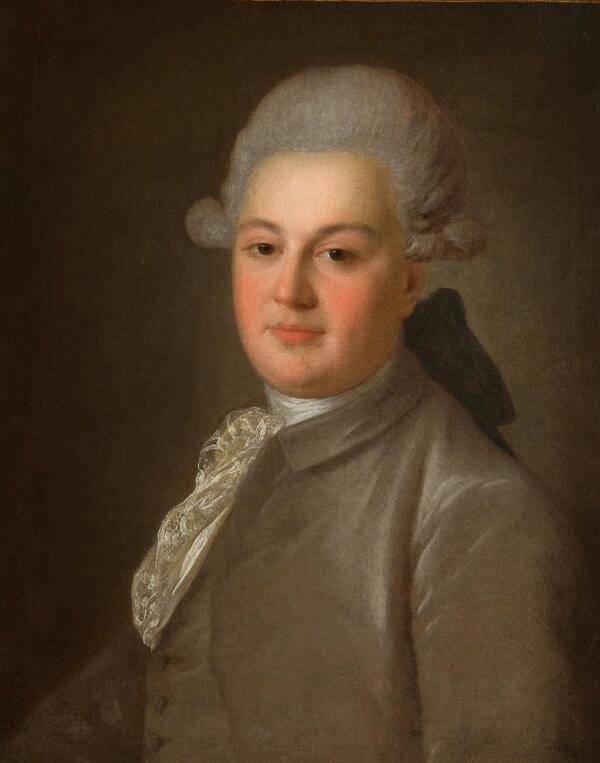Fyodor Stepanovich Rokotov is a Russian artist, master of portraits. Portraits by the artist are distinguished by subdued emotional, compositional and coloristic solutions. A soft light and a certain ‘nebulous’ atmosphere combined with the mysterious half-smiles of Rokotov’s female images are reminiscent of the sfumato technique and Leonardo da Vinci, while a discreet gallantry in his portraits reminds the most elegant and delicate style of Antoine Watteau, a French Rococo artist.
For the first time in Russian portrait painting, Rokotov depicted not only the appearance of his characters but their inner world as well.
Of all the Russian painters of the 18th century, perhaps Fyodor Stepanovich Rokotov’s hand is the easiest to recognize. Firstly, Rokotov painted only chest-high portraits: all the rest are exceptions that can easily be counted on one hand. Secondly, all his characters look melancholy and mysterious — for that reason, the famous canvas Portrait of Struyskaya is even called ‘Russian Gioconda’. Finally, Fyodor Rokotov’s paintings hardly convey volume; the flattened figures seem to be “melting” in the mist, gradually dissolving in the darkness.
Fyodor Stepanovich is the son of a serf; therefore, hardly any reliable information on the birth and the first years of his life has been preserved. It is assumed that he was born in the village of Vorontsovo, a territory that is nowadays located within Moscow. As it is stated in the encyclopedia, he was the son of a serf belonging to the princely Repnins. According to other sources, he was from a poor noble family and began to paint at an early age. Nothing is known about the artist’s teachers or about the early period of his work. However, in 1750, his portraits had already been known in Moscow.
Since there is very little information about the artist’s early works, the presented portrait is a true rarity. It dates from the late 1760s to the early 1770s, just when Rokotov were creating a series of portraits of the Moscow Orphanage guardians, where they sent illegitimate children to be raised. An iconographic resemblance to Sergey Gagarin’s face depicted in the ceremonial portrait in the Moscow Orphanage allows to suggest that the early image had been the painter’s preparatory work for that large-format picture. In the portrait of the early period, ceremonial features are just outlined, and its general character is quite consistent with Rokotov’s approach to models at that time, as well as to the artist’s attraction to intimate portraiture.
For the first time in Russian portrait painting, Rokotov depicted not only the appearance of his characters but their inner world as well.
Of all the Russian painters of the 18th century, perhaps Fyodor Stepanovich Rokotov’s hand is the easiest to recognize. Firstly, Rokotov painted only chest-high portraits: all the rest are exceptions that can easily be counted on one hand. Secondly, all his characters look melancholy and mysterious — for that reason, the famous canvas Portrait of Struyskaya is even called ‘Russian Gioconda’. Finally, Fyodor Rokotov’s paintings hardly convey volume; the flattened figures seem to be “melting” in the mist, gradually dissolving in the darkness.
Fyodor Stepanovich is the son of a serf; therefore, hardly any reliable information on the birth and the first years of his life has been preserved. It is assumed that he was born in the village of Vorontsovo, a territory that is nowadays located within Moscow. As it is stated in the encyclopedia, he was the son of a serf belonging to the princely Repnins. According to other sources, he was from a poor noble family and began to paint at an early age. Nothing is known about the artist’s teachers or about the early period of his work. However, in 1750, his portraits had already been known in Moscow.
Since there is very little information about the artist’s early works, the presented portrait is a true rarity. It dates from the late 1760s to the early 1770s, just when Rokotov were creating a series of portraits of the Moscow Orphanage guardians, where they sent illegitimate children to be raised. An iconographic resemblance to Sergey Gagarin’s face depicted in the ceremonial portrait in the Moscow Orphanage allows to suggest that the early image had been the painter’s preparatory work for that large-format picture. In the portrait of the early period, ceremonial features are just outlined, and its general character is quite consistent with Rokotov’s approach to models at that time, as well as to the artist’s attraction to intimate portraiture.
